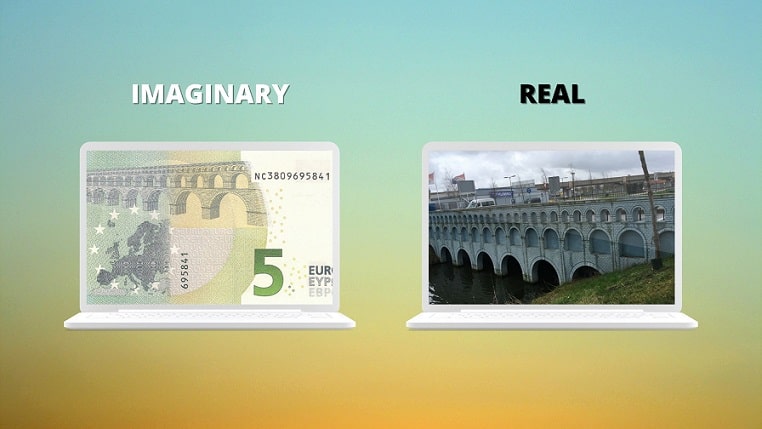
Most of the designs on currency notes of different countries usually have links to real life incidents, architecture, civilizations, religion, culture, and languages etc.
But the Euro Banknotes had something very interesting in them.
The 7 Euro banknotes that were released in the year 2002 had none of the above things and instead depicted fictional bridges.
While that in itself is quite interesting, what is even more amazing is that a designer in the Netherlands got inspired from these banknote bridges and brought them to life!
These fictional bridges have been transformed to real structures in a housing project in the Netherlands.
Now before getting into the developmental details of the real structure, let us take you to the history of the ‘fictional bridges’.
A Little Throwback to The Story of Fictional Bridges on Euro Notes
The major reason why European Central Bank decided to go for fictional images on their currency notes was that it was impractical to incorporate landmarks from every European country as there were only 7 notes.
The fictional bridges highlighted the major architectural styles of Europe.
As claimed by the European Central Bank, these images were a metaphor for collaboration and communication between Europe and the rest of the world, especially between European countries.
The designing task was done by artist Robert Kalin.
Each bridge depicts certain periods in European cultural history.
- The bridge in the 5 Euro note represents Classical Antiquity.
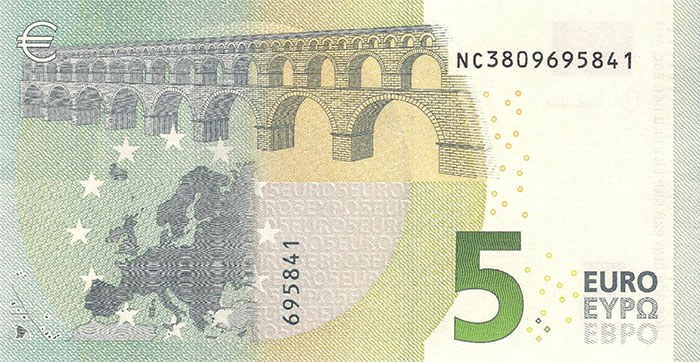
- The 10 Euro note bridge on the other hand represents the Romanesque period.
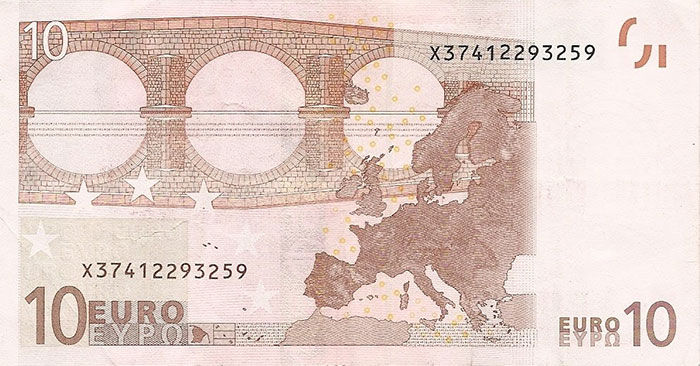
- The 20 Euro note bridge conveys the Gothic period.
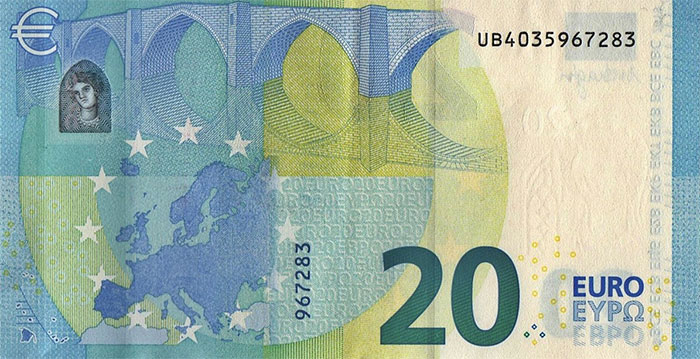
- Renaissance is what the 50 Euro note represents.
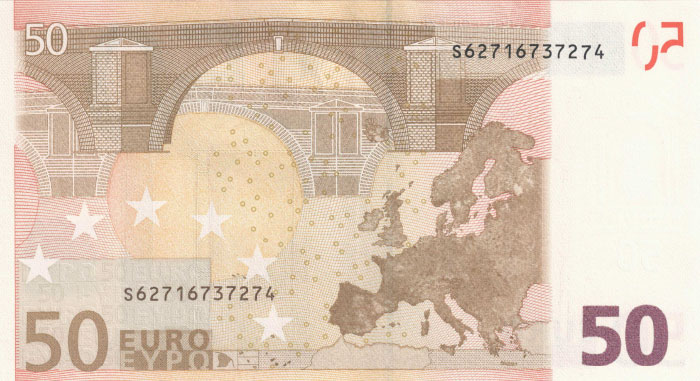
- Meanwhile, the 100 Euro note bridge represents Baroque and Rococo, a theatrical architectural style.
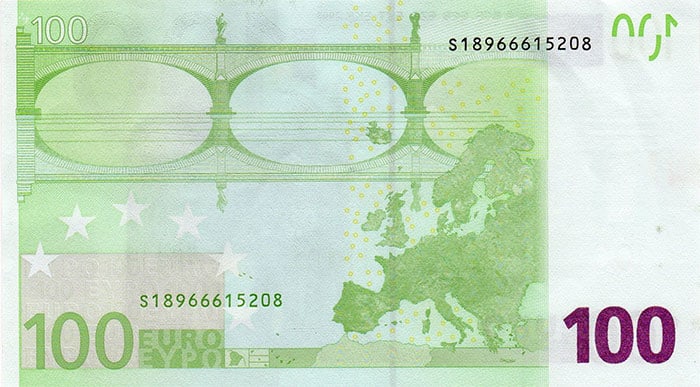
- The 200 Euro note bridge speaks for the Age of Iron and Glass architecture.
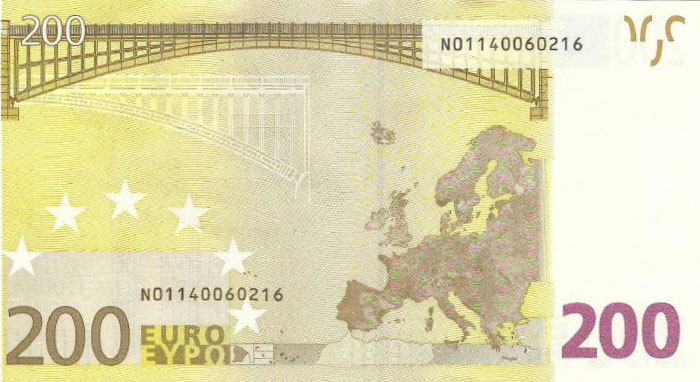
- Finally, the 500 Euro note portrays the modern 20th-century architecture.
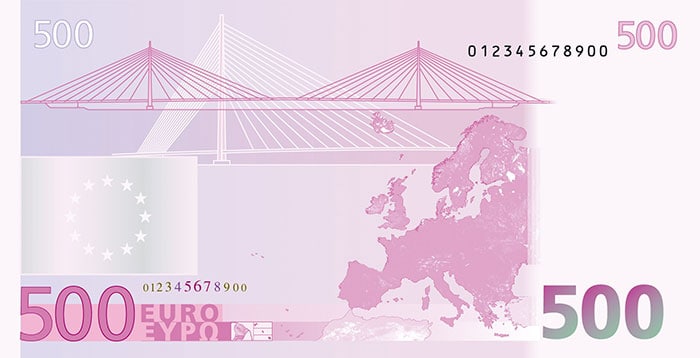
The Story of How These Imaginary Bridges Became Real
A Dutch designer, Robert Stam gave life to these imaginary bridges.
Robert was sitting in a pizza café with the currency when he first thought of this idea. He had this idea with him for a while before he actually executed it.
Robert got in touch with the City Council of Spijkenisse in Rotterdam, Netherlands and poured in his idea. Impressed with the idea, the council gave in all the support to develop it to a real life structure.
Stam even got a letter of approval from the European Central Bank and also from the original Euro Banknote designer, Robert Kallin.
He, along with an amazing team of engineers and architects carefully recreated all the 7 bridges.
Stam and the designers gave the bridges a theatrical appearance, almost like a stage set.
Bridges looked exactly the same as printed on the notes with the same hues of colour and shape.
Imaginary Bridge in The Euro Banknotes Vs The Real Bridge
Left side portrays the imaginary banknote bridge and the right side shows the real bridge built using the same design;
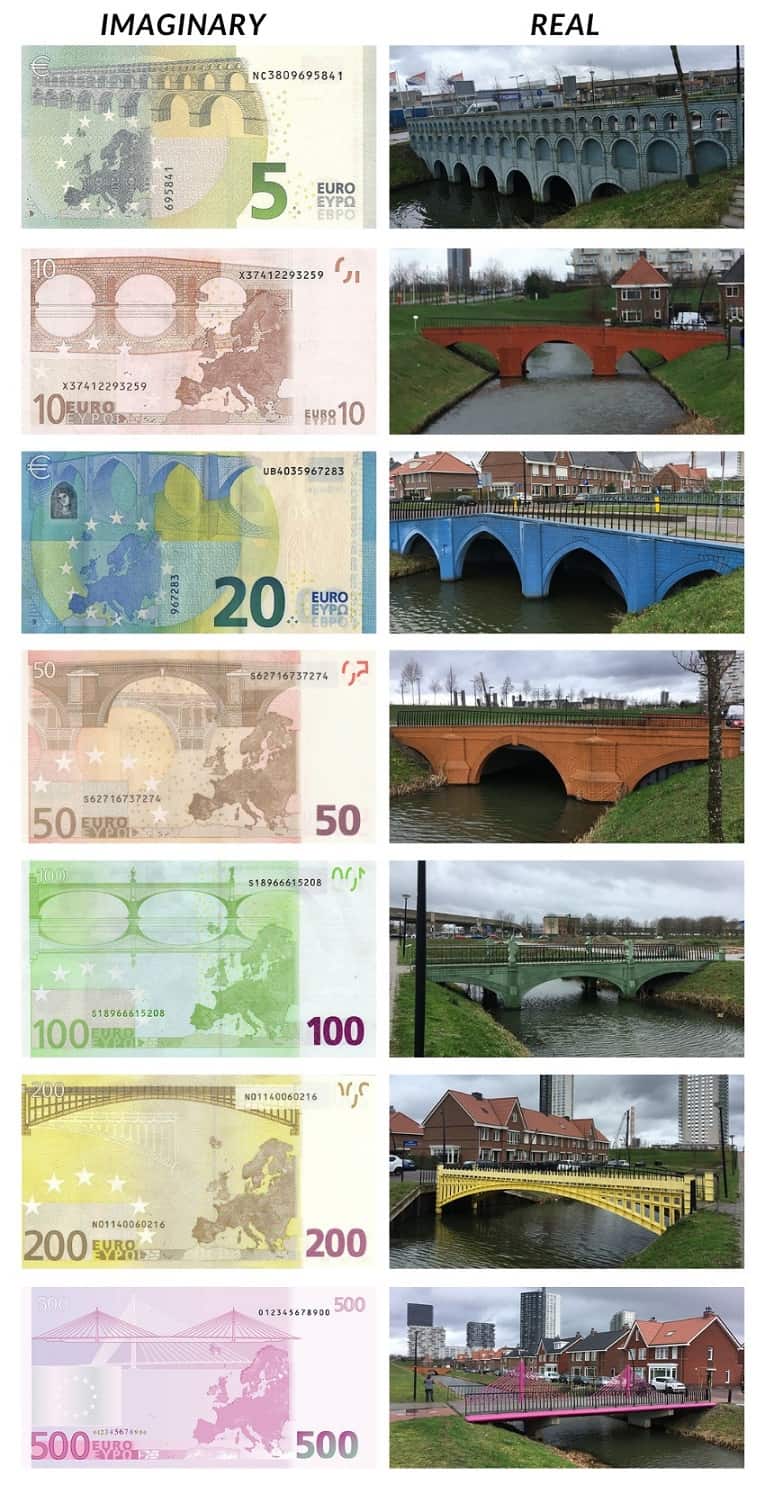
Many found the real bridges little garish and humorous at first glance but appreciated when they found out this strange yet unusual story behind it.
‘Bridges of Europe’ now stand gleamingly high in a housing project, developed by the city council of Spijkenisse, a suburb of Rotterdam in Netherlands.
The bridge is now exclusively used by pedestrians and cyclists.
Also Read: 20 Weird Banknotes With Bizarre Backstories

Roshni Zainaba is a dynamic and creative professional at ExTravelMoney.com, where she expertly manages social media and content creation. With a deep understanding of the travel industry, Roshni specializes in crafting engaging content on topics such as international travel, currency exchange, and international money transfers.
